
- Display 15 Products per page
-
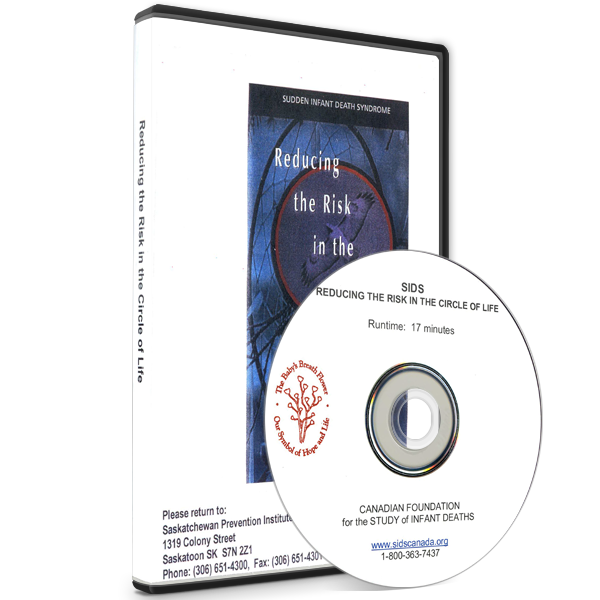
Sudden Infant Death Syndrome: Reducing the Risk in the Circle of Life
Video, 2000
Graham Greene narrates this video that describes strategies for reducing the occurrence of SIDS. Discussion of SIDS and the risk reduction strategies involve key interviews with Aboriginal parents, health professionals, and an Elder. The video is accompanied by a study guide, which can be used to lead group discussion. Audience: expectant parents, caregivers, health professionals.
Audience: Expectant parents, caregivers, and health professionals.SKU: 2-V-204 -

How Your Baby Grows
Booklet, 2002
Adapted with permission from March of Dimes, this illustrated booklet describes fetal development and physical changes experienced by the mother.
SKU: 2-100 -
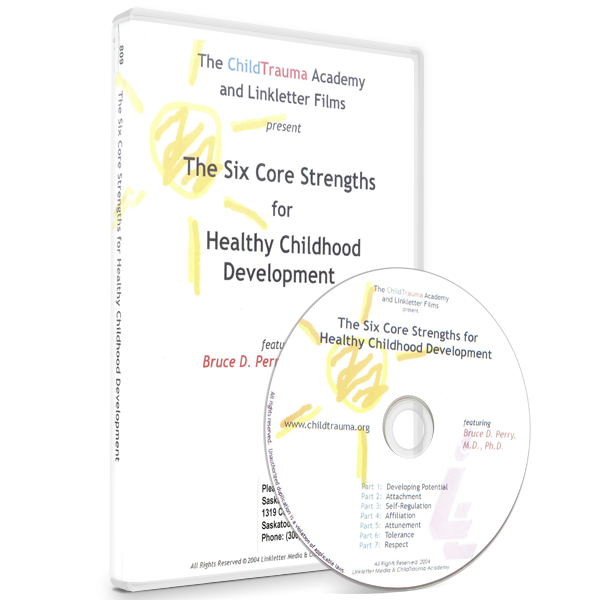
The Six Core Strengths for Healthy Childhood Development
Video, 2004
In this DVD, Dr. Bruce Perry outlines the core strengths that, if developed in early childhood, help children to grow into creative, social, humane, and caring humans. These core strengths are only expressed if a child is given opportunities to develop them. They include attachment, self-regulation, affiliation, attunement, tolerance, and respect.
SKU: 8-V-809 -
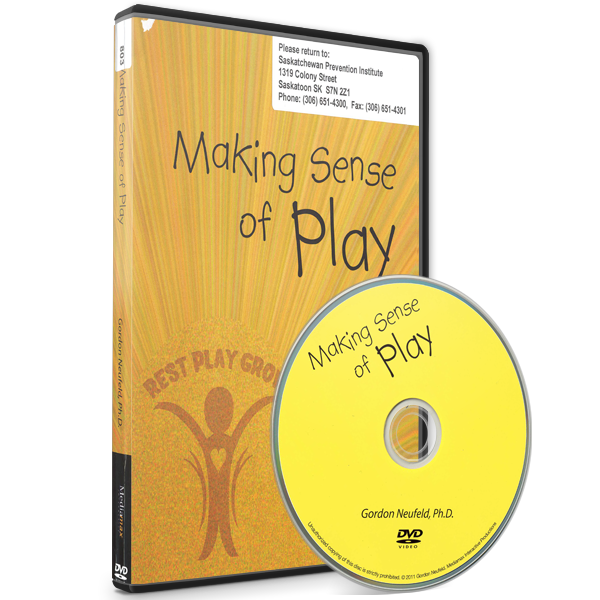
Making Sense of Play
Video, 2011
In this two-hour seminar, Dr. Gordon Neufeld explores what play is, the benefits of play, and what is needed for children to play. Dr. Neufeld explains that play is not an option; it is a developmental requirement. Through various examples, he explores the three basic tenants of play: 1) Play is not work, 2) Play is expressive and exploratory, and 3) Play is “not for real”.
SKU: 8-V-803 -
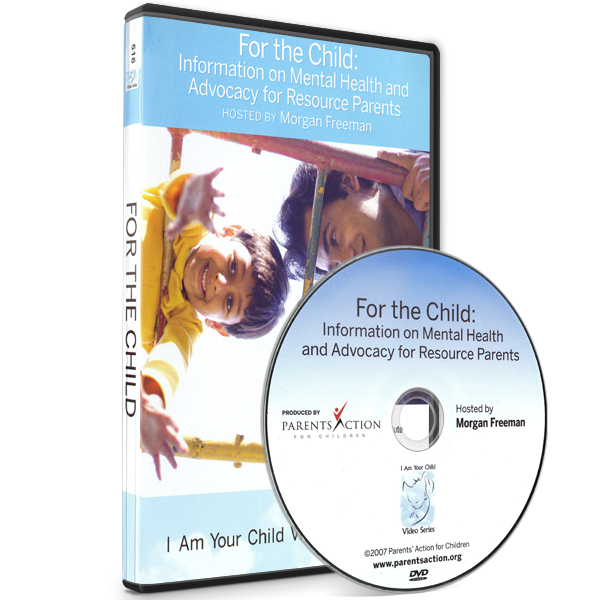
For the Child: Information on Mental Health and Advocacy for Resource Parents (I Am Your Child Series)
Video, 2007
- Understand the most common children’s mental health problems
- Navigate the local mental health service delivery system
- Develop alliances with birth parents, school systems, mental health providers, and case workers
- Feel increased comfort with seeking mental health services
- Recognize the rights and responsibilities of foster children, birth parents, kinship providers, foster parents, and caseworkers
- Identify who to call, what to say, and where to go to obtain the right services for the children in their care
- Be an effective advocate for the children in their care
SKU: 5-V-516 -
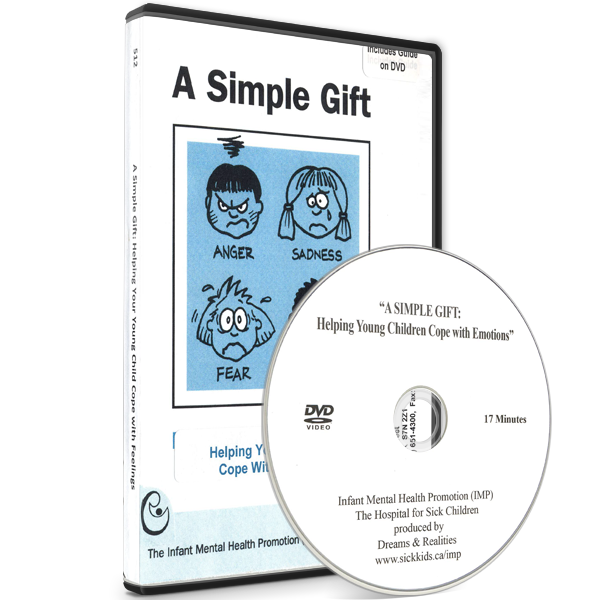
A Simple Gift: Helping Young Children Cope with Emotions
Video, 2000
Negative emotions (anger, sadness, fear, jealousy) and the difficult behaviours that may follow (temper tantrums, whining) are normal in young children. Research has shown that not learning to manage negative emotions in the early years may result in later problems. This videotape suggests how parents can help young children understand their difficult feelings and express these feelings in ways that are socially acceptable. The information is presented in clear language and is suitable for parents from many cultures.
SKU: 5-V-512 -
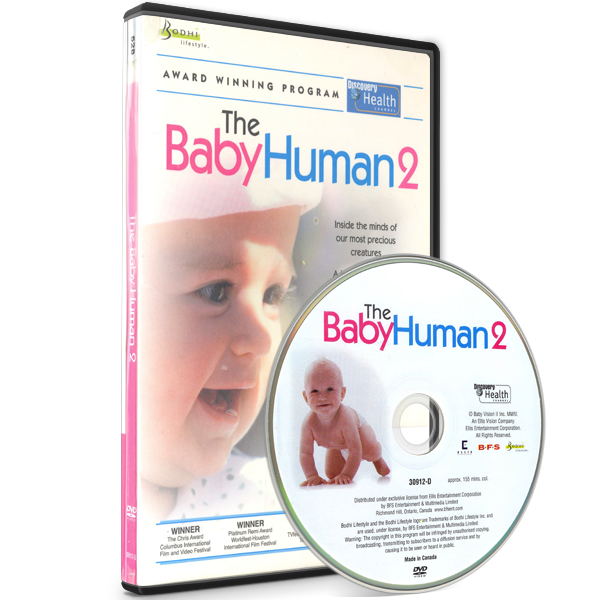
The Baby Human 2
Video, 2008
Imagine being thrust into a world where you cannot speak, can barely move, and must unravel the meaning behind a maze of sounds and sights in order to survive. This is the world of the baby.
Series Two of this groundbreaking program takes a look inside the mind of a baby, revealing how they think, communicate, and observe. Episodes include: To Feel, To Belong, and To Relate. Also includes segments on less common baby names and their meanings, and baby trivia.
SKU: 5-V-528 -
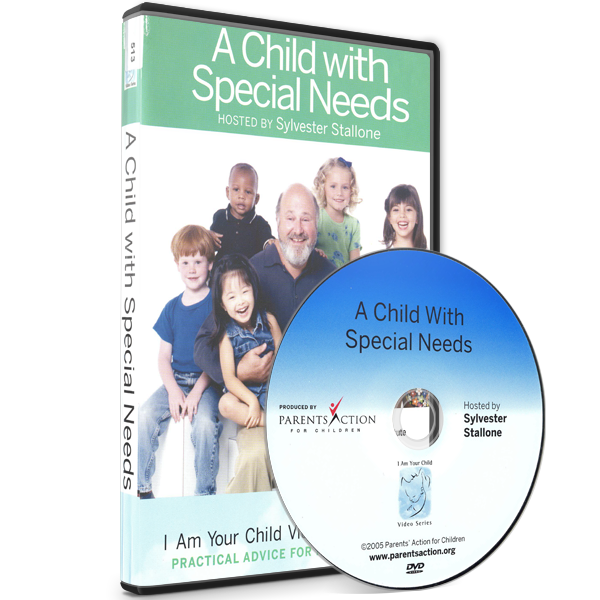
A Child with Special Needs (I Am Your Child Series)
Video, 2005
Finding out that your child has special needs is the beginning of a remarkable journey. Whether your child is developmentally delayed or has a significant physical disability, you want your child to be happy and safe, and to develop to her fullest potential.
In this video, families of children with special needs share their stories to help others in similar circumstances understand that, while every child is unique, there are common experiences, emotions, and challenges families are likely to encounter as they work to help their child.
This video provides information on:
- What to do when you find out that your child has a special need
- Moving from confusion and grief to acceptance and empowerment
- Finding answers and getting help
- Speaking up as your child’s best advocate
- The importance of looking beyond the diagnosis
- Focusing on your child’s unique strengths
SKU: 5-V-513 -
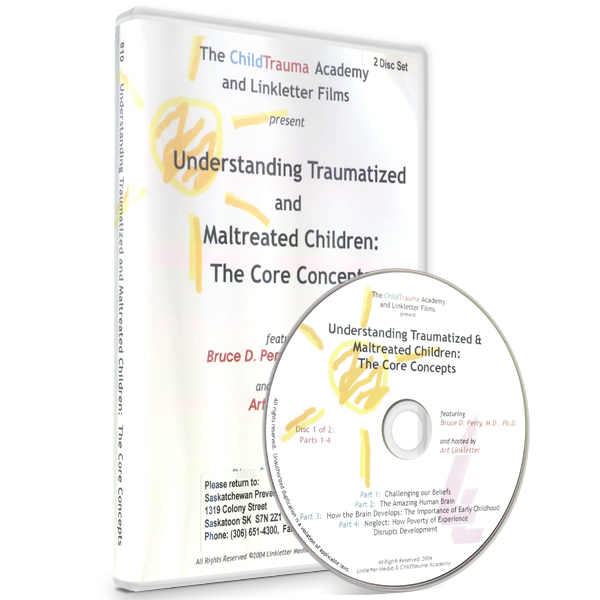
Understanding Traumatized and Maltreated Children: The Core Concepts
Video, 2004
This DVD consists of seven, half-hour presentations focused on child maltreatment and trauma. Dr. Bruce Perry, from the ChildTrauma Academy, presents information on the following topics:
- Challenging our beliefs
- The amazing human brain
- How the brain develops: The importance of early childhood development
- Neglect: How poverty of experience disrupts development
- The fear response: The impact of childhood trauma
- Living and working with traumatized children
- Violence and childhood
SKU: 8-V-810 -
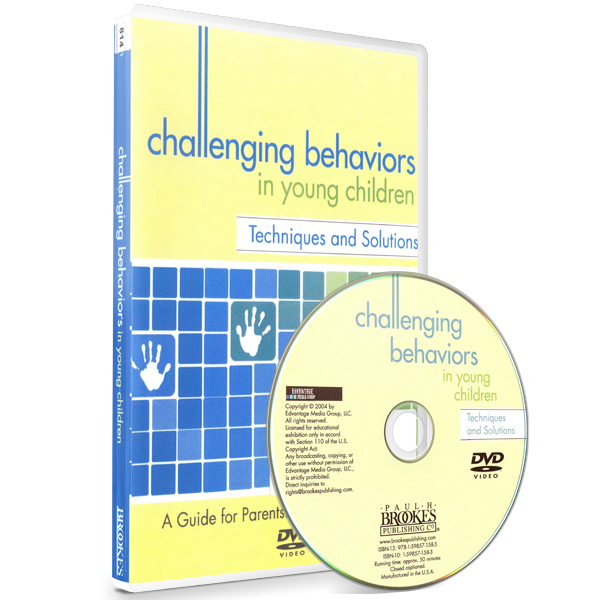
Challenging Behaviors in Young Children: Techniques and Solutions
Video, 2004
This DVD highlights expert information from two books Challenging Behaviors in Early Childhood Classroom Settings: Creating a Place for all Children and Addressing Challenging Behaviors in Early Childhood Settings: A Teacher’s Guide. The DVD uses footage from a daycare setting to highlight concepts that are introduced by experts throughout the film. Special attention is paid to methods that can be used to teach young children how to problem solve.
Audience: Parents and Early Childhood EducatorsSKU: 8-V-814 -
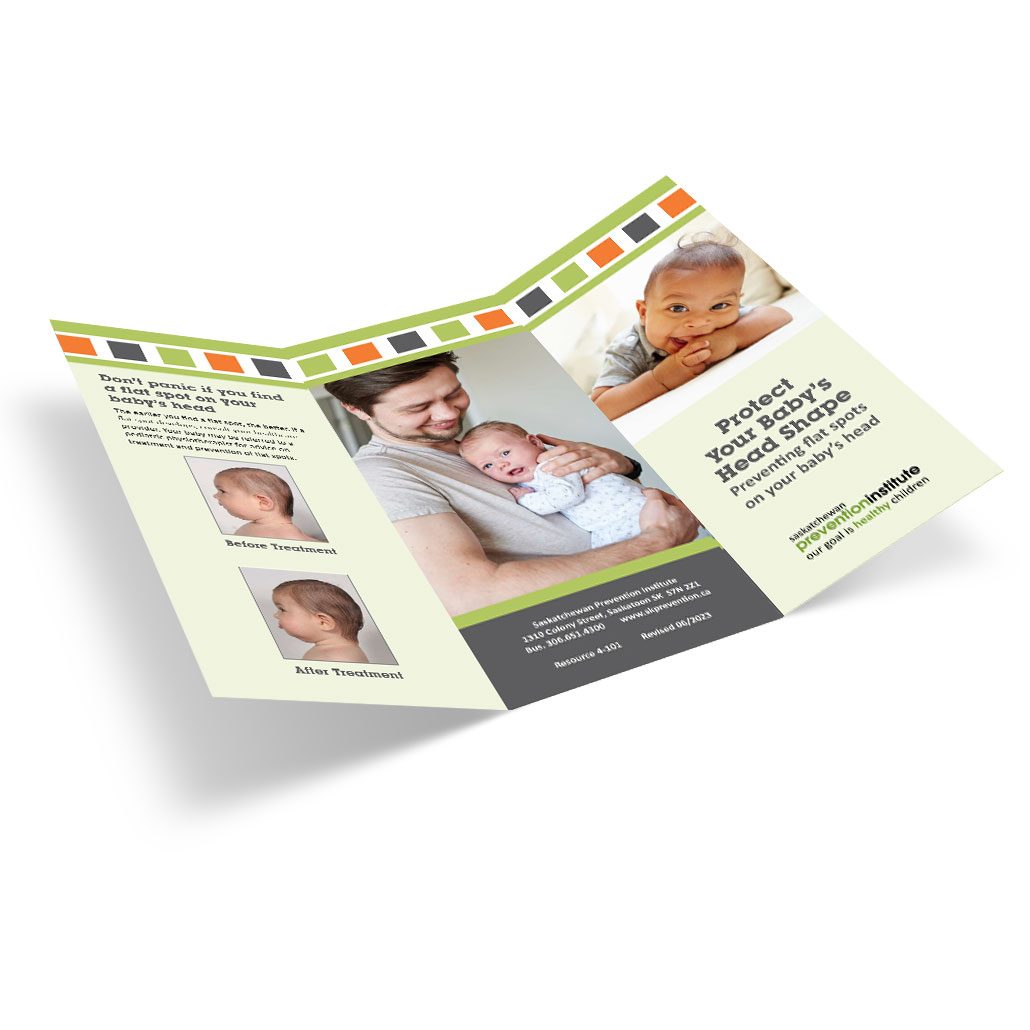
Protect Your Baby’s Head Shape: Preventing Flat Spots on Your Baby’s Head
Brochure, Revised 2023
This brochure provides parents and caregivers with information on positional plagiocephaly, or “flat head”. Information includes how to prevent flat spots and what to do if a flat spot is found on baby’s head.
SKU: 4-101 -
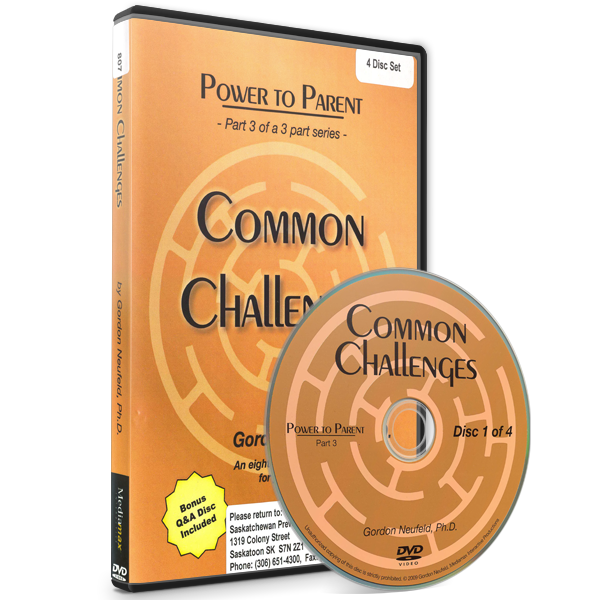
Power to Parent: Common Challenges
Video, 2011
Dr. Neufeld discusses ways to address challenging behaviour in children while maintaining attachment relationships. The eight sessions are as follows:
- Thinking developmentally when facing challenges
- Recognizing the signs of trouble
- Living with a sensitive child
- Cultivating resilience in a child
- Leading an alpha child
- Disciplining a stuck child
- Putting the developmental approach into practice
SKU: 8-V-807 -
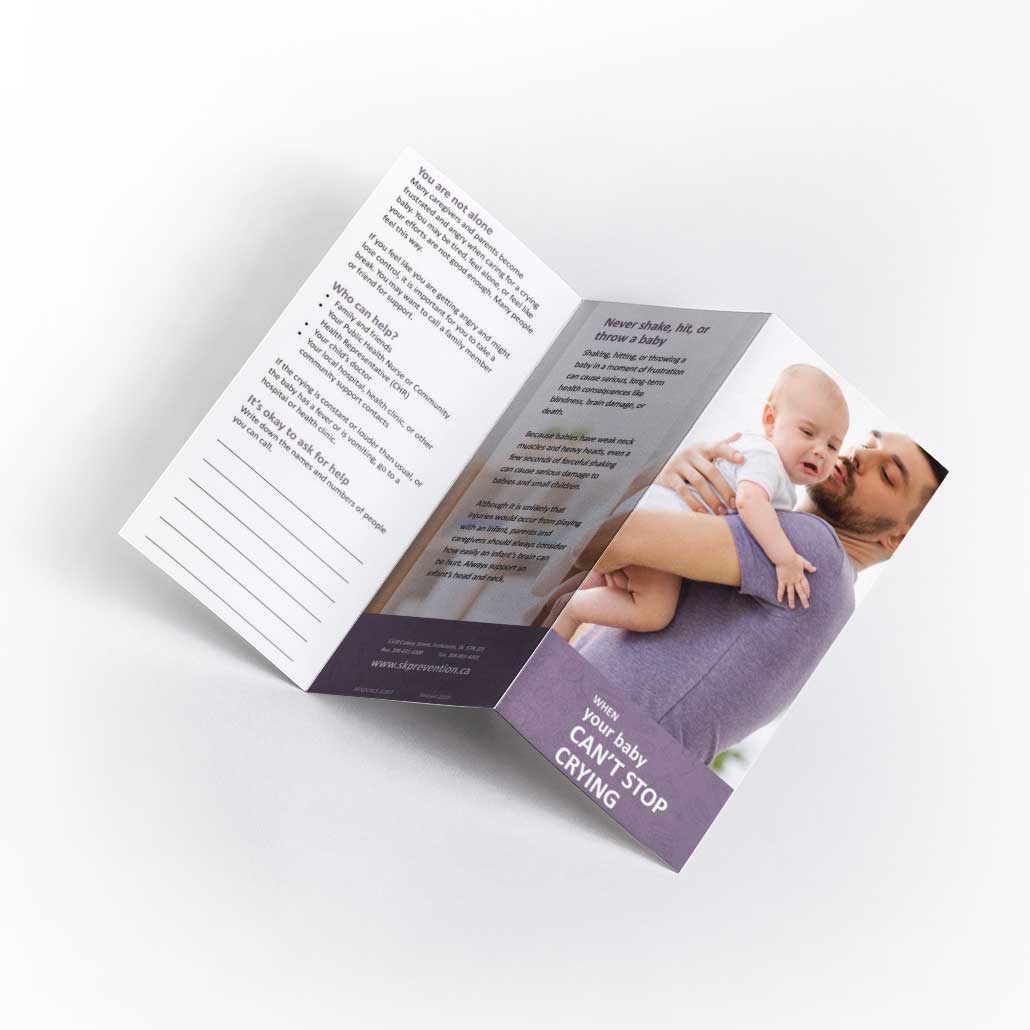
When Your Baby Can’t Stop Crying
Brochure, Revised 2019
Although infant crying is normal, it can be very frustrating for caregivers. This brochure identifies strategies for dealing with a crying infant, as well as strategies for handling caregivers’ frustration. Ideal for use with all caregivers. For information aimed at professionals and service providers, see Abusive Head Trauma (Shaken Baby Syndrome) (resource 4-900).
SKU: 4-902 -
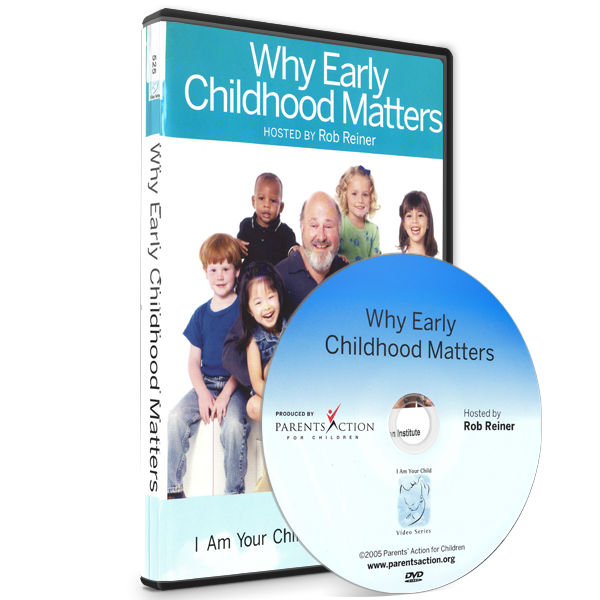
Why Early Childhood Matters (I Am Your Child Series)
Video, 2005
Scientific research confirms that children’s earliest experiences – starting even before they’re born – dramatically affect their ability to succeed in school, and in life. In this video, our country’s leaders in government, business, crime prevention, and academia voice their commitment to our nation’s youngest children and emphasize the crucial need for increased investments in early childhood.
This video is designed to help you motivate your community to create and support programs so that every child enters school ready to succeed. Our future depends on the investments we make today in our youngest children.
SKU: 5-V-525 -
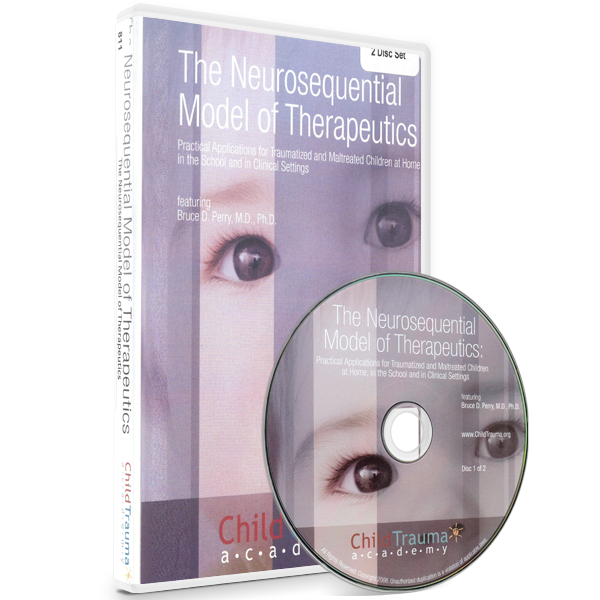
The Neurosequential Model of Therapeutics
Video, 2008
This lecture series features Dr. Bruce Perry sharing information about the Neurosequential Model of Therapeutics. This series can be used for professional education. The series is separated into 8 parts as follows:
- The neurodevelopmental lens
- The response to threat
- Memory and processing
- Neurosociology: Relational neurobiology
- Neglect
- NMT: Principles
- Clinical application of the NMT
- Questions and Answers
SKU: 8-V-811
